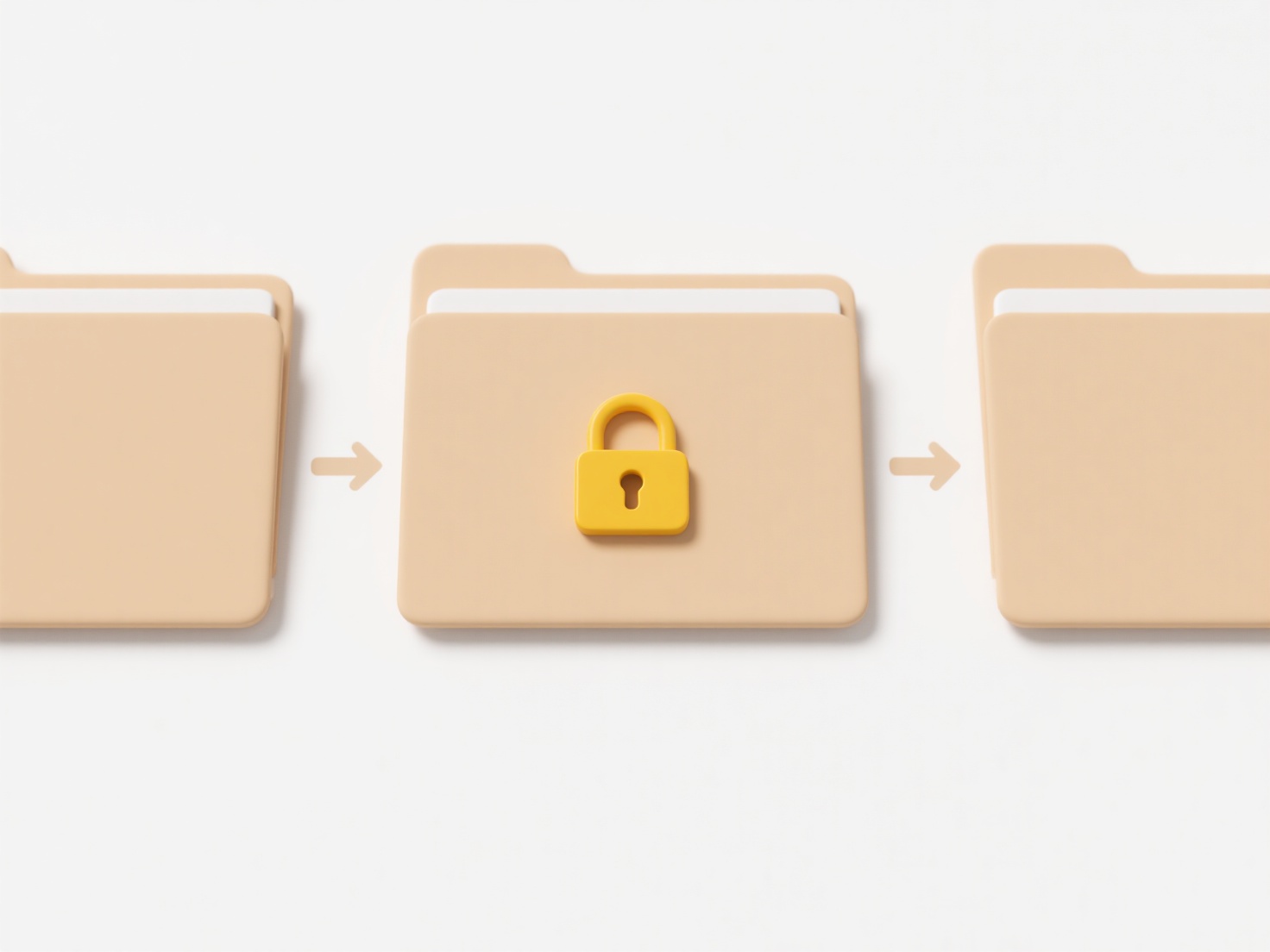
Spotify and iTunes exports generate files containing metadata about your playlists or library, not actual downloadable music files you can freely rename. Exports from Spotify are typically text files listing track details, while iTunes playlists may export as XML files linking to your local music library. Renaming these export files only changes the metadata container itself, not the individual audio tracks referenced within them.

If you've downloaded music purchases through iTunes or enabled Spotify's offline mode, you can access and rename the actual local audio files via your computer's file system. For example, iTunes purchasers can locate downloaded MP4/M4P files on their Mac/PC drives to rename them manually. Spotify Premium users' offline cache files are encrypted DRM files not directly accessible or renameable outside the app due to licensing restrictions.
Renaming playlists or metadata exports offers organizational benefits but doesn't alter source media. The key limitation is Spotify’s offline files cannot be managed externally, preserving subscription content control. iTunes purchasers retain full file management freedom. This distinction reflects differing business models: subscription streaming relies on controlled file access, while purchase-based systems prioritize user file ownership.
Can I rename music files from Spotify or iTunes exports?
Spotify and iTunes exports generate files containing metadata about your playlists or library, not actual downloadable music files you can freely rename. Exports from Spotify are typically text files listing track details, while iTunes playlists may export as XML files linking to your local music library. Renaming these export files only changes the metadata container itself, not the individual audio tracks referenced within them.

If you've downloaded music purchases through iTunes or enabled Spotify's offline mode, you can access and rename the actual local audio files via your computer's file system. For example, iTunes purchasers can locate downloaded MP4/M4P files on their Mac/PC drives to rename them manually. Spotify Premium users' offline cache files are encrypted DRM files not directly accessible or renameable outside the app due to licensing restrictions.
Renaming playlists or metadata exports offers organizational benefits but doesn't alter source media. The key limitation is Spotify’s offline files cannot be managed externally, preserving subscription content control. iTunes purchasers retain full file management freedom. This distinction reflects differing business models: subscription streaming relies on controlled file access, while purchase-based systems prioritize user file ownership.
Quick Article Links
Why does my computer say “file name already exists” when renaming?
The "file name already exists" error occurs when you try to rename a file or folder to a name that is already in use by ...
Should I include project codes or IDs in file names?
Including project codes or IDs in file names means embedding unique identifiers assigned to specific projects directly i...
What’s a clean way to name scanned documents or contracts?
A clean naming convention for scanned documents or contracts means using a consistent, descriptive structure incorporati...